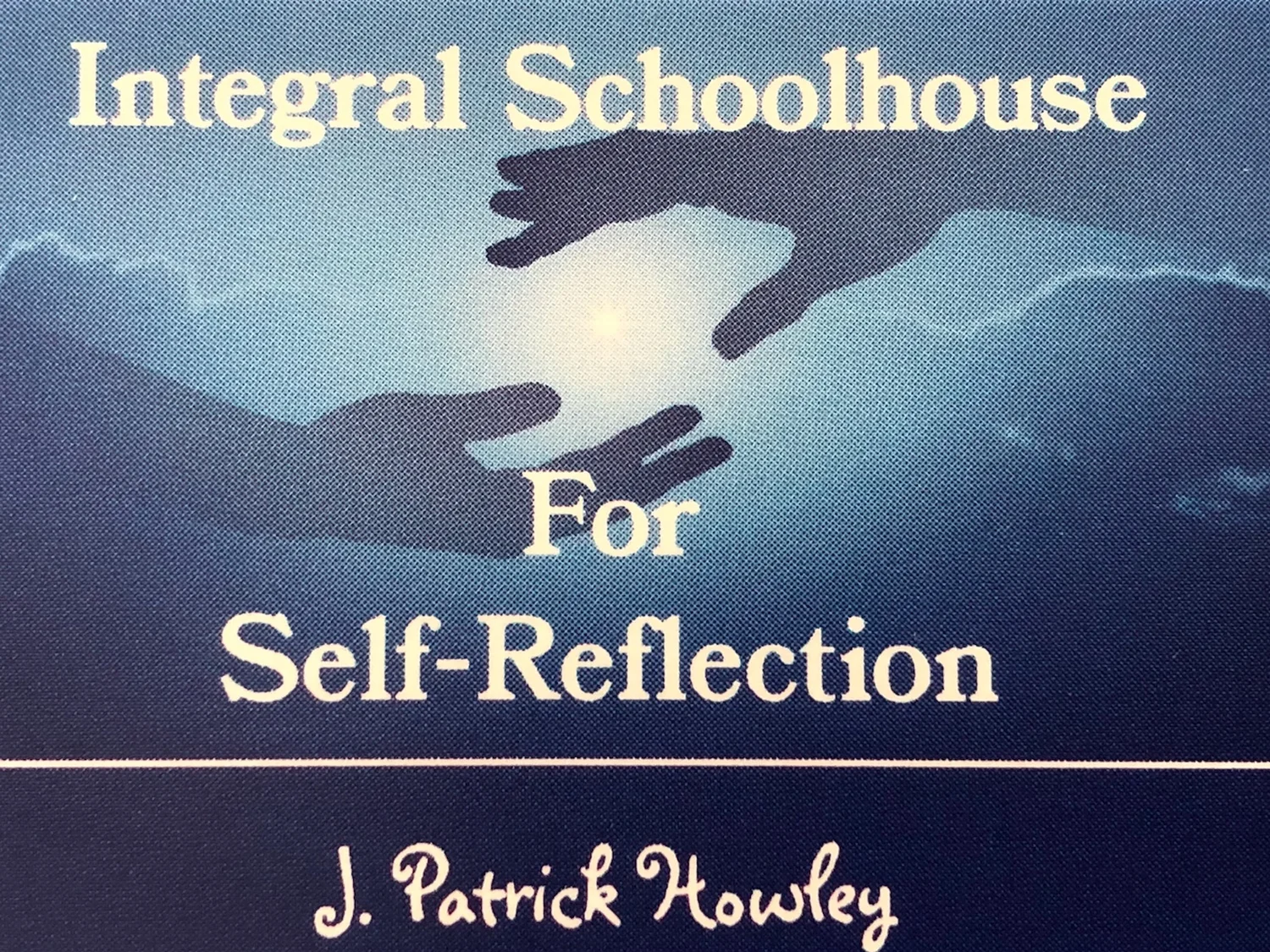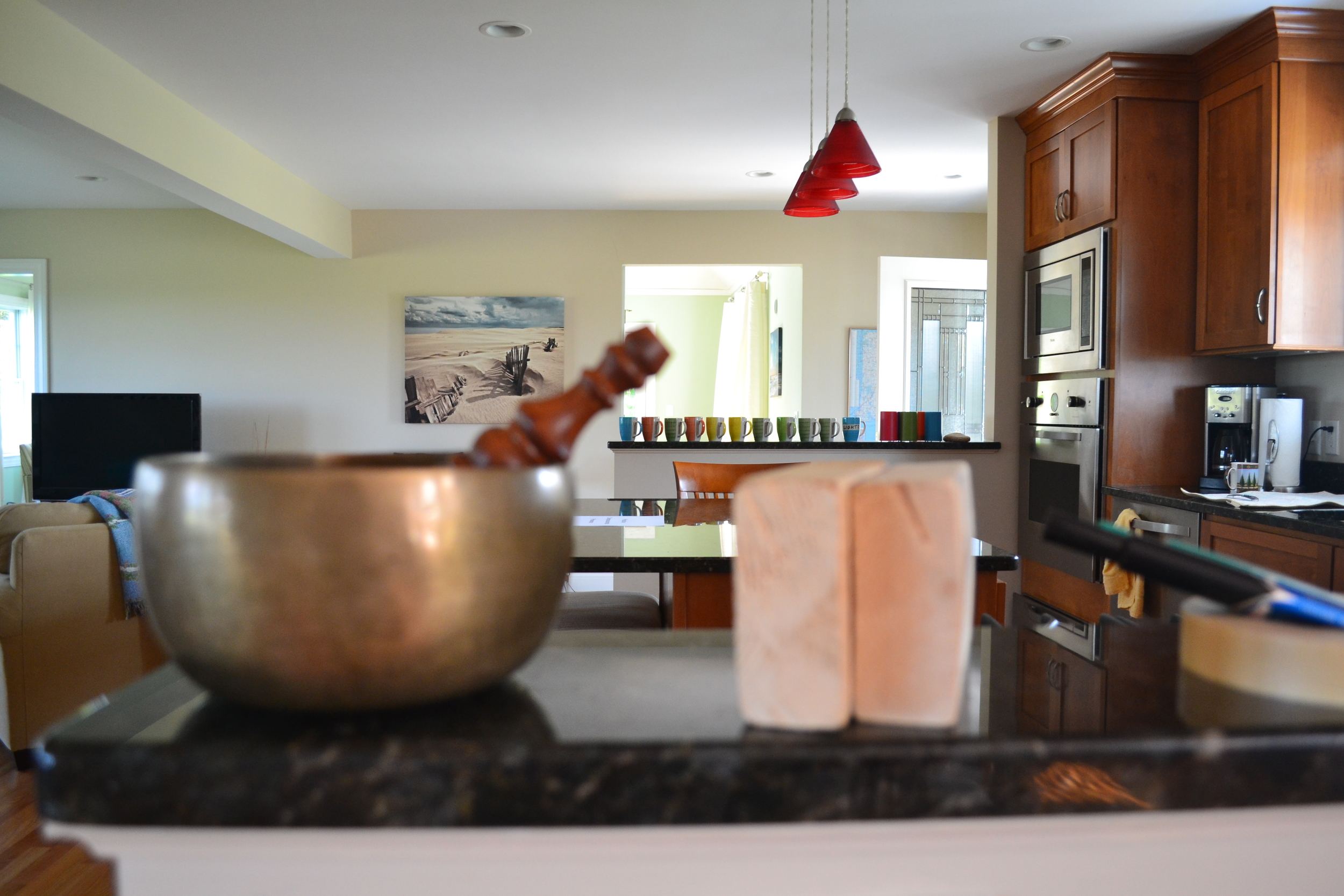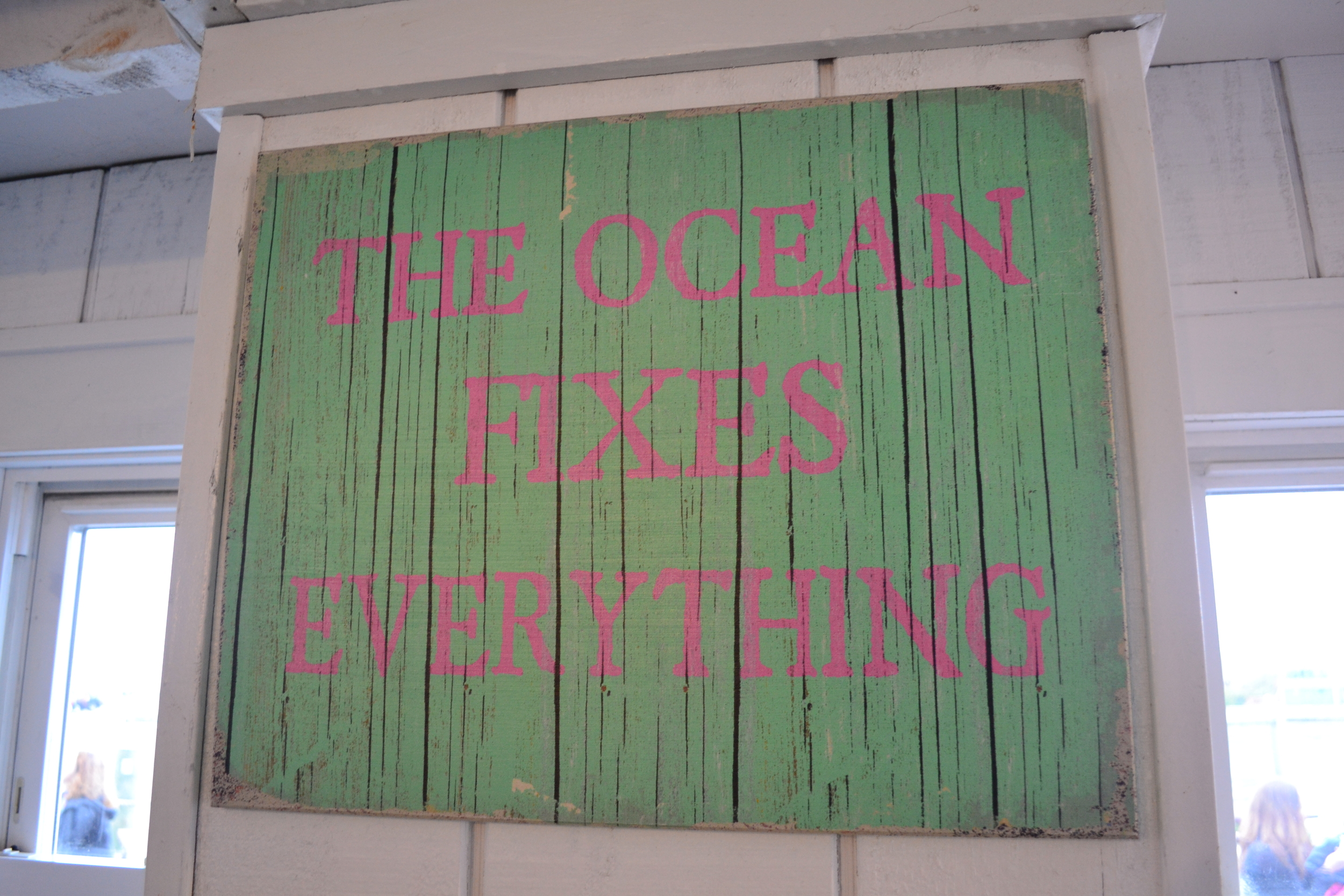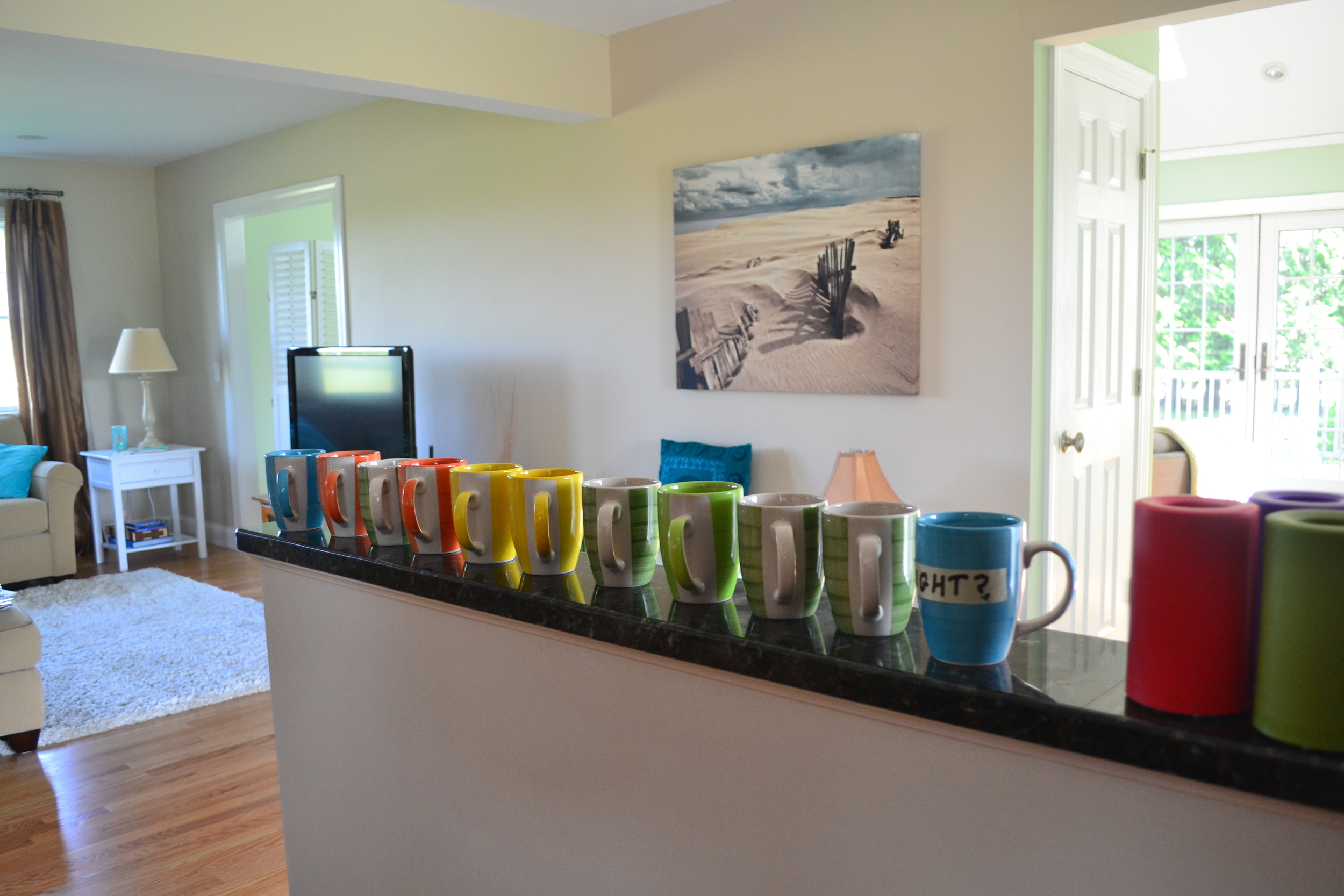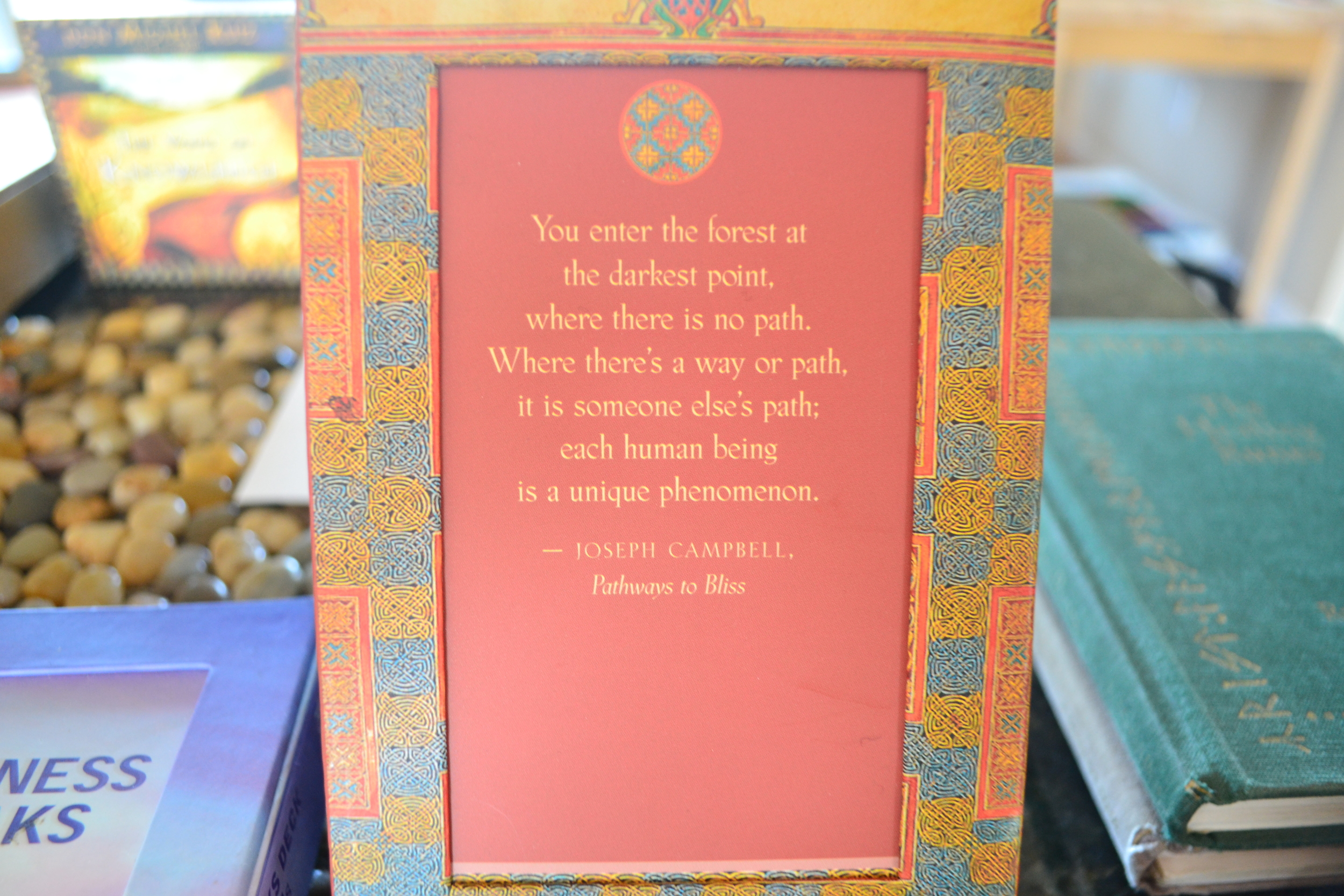PRACTICE COMPASSIONATE PRESENCE.
This being human is a guest house. Every morning is a new arrival. A joy, a depression, a meanness, some momentary awareness comes as an unexpected visitor. Welcome and entertain them all! . . . Treat each guest honorably. The dark thought, the shame, the malice, meet them at the door laughing, and invite them in. Be grateful for whoever comes, because each has been sent as a guide from beyond. -Rumi
Waking Up...Growing Up...Opening Up...Clearing Up...Cleaning Up and Showing Up.
It is a beautiful developmental process and every one of us enters at a different place. Some of our experiences growing up facilitate our meditative experience and some of our early experiences interfere with our mediation. We have a process in place that can support you no matter where you are on this journey. A little more about that later.
I have new fantastic videos of people discussing their meditative practice, of Ken Wilber talking about how meditation is most effective, video presentations by Junpo Kelly on Mondo Zen, as well as many more video presenters talking about meditation. We will also be hearing from participants on these videos.
I am also excited about locating a sort of hidden map and process with detailed descriptions of specific ways to meditate. These documents go back centuries and were put together somewhat recently. The author who compiled these documents did years of research and I am trying to pull out parts of it that seem most relevant to our work and share it with you. Soon you will be reading from many ancient leaders and their actual instructions to their followers! (I am in the process of condensing them into segments for us to make it easier to digest the content.)
A Little History:
For those of you who have been with us through the years, you may have noticed that we have gone through stages. When we first started meeting we jumped right in and did a lot of silent meditation (learned through my work with Michael Murphy at Esalen). I would call this the first phase of the “Waking Up” stage.
We eventually evolved to a balance during our meetings that consisted of a half hour video, a half hour dialogue and about half hour meditation. I might call this the “Growing Up stage.
We then evolved to reflecting more on our emotional blocks, our shadow issues, and our life experiences that interfere with gaining peace in our meditation. I then taught you a “direct experience” process for accessing deep parts of your emotions. This was percept language. I would call this the “Opening Up” stage.
This summer, as I have been looking at a number of the instructions given by great wisdom teachers from the early history of Buddhism, I realized that our group has been going through many of the same processes that these ancient Buddhist master teachers were trying to teach. “The goal of spiritual development through Buddhist meditation is to eradicate suffering by attacking its root cause” says the author who did all this research on early Buddhist teachings. The author continues to say, “Buddhism picks up where successful therapy leaves off.”
Another author on many books on development and meditation, Ken Wilber has made clear, that this goal has usually been approached in the Western world through therapy. He points out that later stages of development take place through meditation, which has been the approach of the Eastern traditions. The Western tradition, which almost exclusively takes place in the psychological domain, stops, just as a person is ready for the next stages of growth. Eastern tradition has for the most part ignored the psychological and jumped right into the spiritual domain through meditation. And yet, Wilber would say, both Eastern and Western approaches have essentially the same goal: “Eradicate pain by attacking its root cause”. Both traditions also have the same process goal! And that goal is, to strengthen the Witness! What Wilber has done to use his own words, “transcend and include” both approaches.
Through strengthening the Witness, we eventually dis-identify with our small everyday self and identify with our Self.(In percept language we use “I” and "me”) Eventually through persistent courageous work we stop going through life with this painful “case of mistaken identity”. The more we meditate the more we strengthen the Witness. The more we do percept, as we face our emotional blocks, the more we strengthen the Witness. I don’t think it is always necessary to do therapy. All we have to do is to stay aware and look, say what you experience, and have it be deeply listened to by others. As a result, you are likely to listen deeply to your self. There is nothing else to do. The result is our pain ends. And if it doesn’t, then perhaps that part of us is not ready to let go. Each time that painful part of emerges we will need to stay with it, honor it and report it out to us and see it more clearly. Or maybe we need to “No . . . Go Deeper” as Junpo Kelly teaches.
Many of us in our group have experienced small tastes of the liberation from the tortured self state- the joy, and bliss of liberation- sometimes, even while expressing a painful experience! So this full liberation can take in this life and become a permanent state. We have hundreds of examples of people who describe this to us and give us hope. We cannot make this happen. We can only prepare our inner “house” and wake up “every morning” and “treat each guest honorably.”
I am hoping then, that this year then, we can move to spending more time in exploring and understanding the deeper process of meditation and also spend more time meditating. As we take more time to do quiet meditation I would call this phase two of the “Waking Up” stage. And of course, we will always take the time to talk about our emotional blocks. That is what I would call doing our “Opening Up”, “Clearing Up” and “Cleaning Up” work. That work was an essential and fundamental component of early Buddhist practice and somehow got lost.
Wilber pointed out how the Western World took the route of psychology (Growing Up) and left out the Eastern route of silent mediation (Waking Up) and leaving out their emotional growth. That division by both Eastern and Western approaches and the denial by both of each other has had disastrous consequences for our world. The beauty of Wilber’s integral approach includes both Waking Up and Growing Up so that we can Show Up. This is why our meditation is essentially different from any other meditation group; because we are doing Integral Meditation!
Integral Mediation, by the way, is Ken Wilber’s latest book and I think might be the most easily accessible of his books in terms of understanding his core messages. You might think about purchasing it.
Despite the fact that I have prepared plenty for our mediation group this year most of you know that we learned to “trust our own process”. This process of our group life takes it’s own direction, so we never know from meeting to meeting what may happen. Why this is so leads me to want to share now the fundamental approach that I have been using and make it most clear (The Person-Centered Approach). It can best be described by using Carl Rogers own words:
How does this climate which I have just described bring about change? Briefly, as persons are accepted and prized, they tend to develop a more caring attitude toward themselves. . . it becomes possible for (us) to listen more accurately to the flow of inner experiencings. There is a greater freedom to be the true, whole person.” Carl Rogers, A Way of Being (1980)
I am deeply grateful to each of you for all the support that you have given me over the years. I “energize me” as I think about seeing all of you and “having you be aspecial part of me”!
Pat
